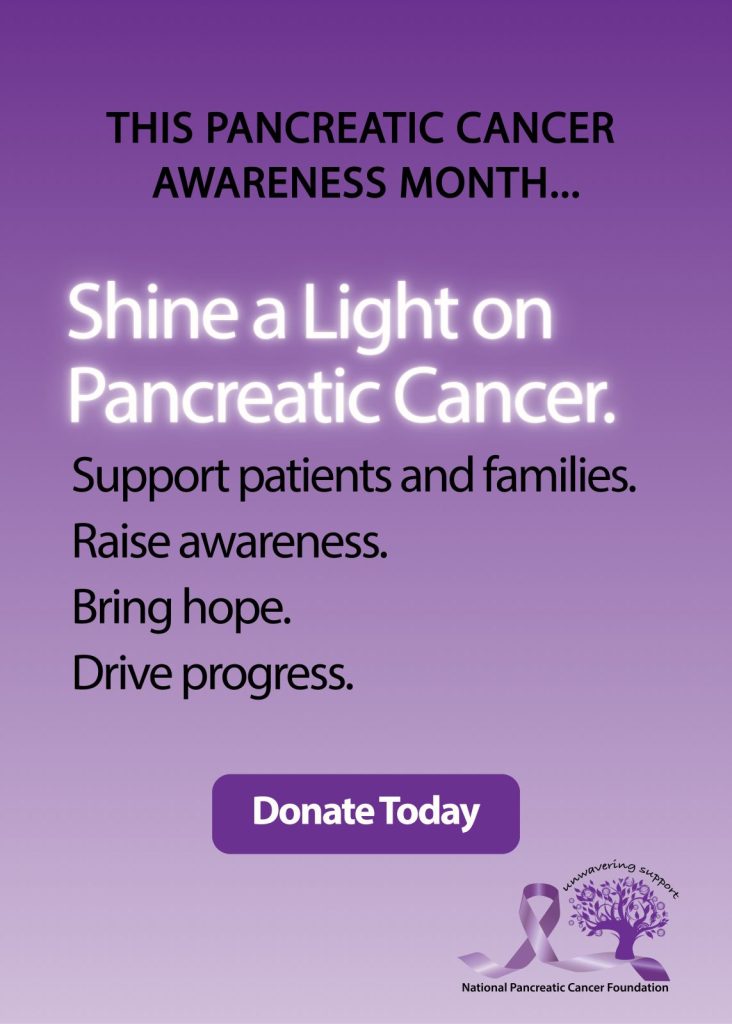Estimated reading time: 12 minutes
Key Takeaways
- Chemotherapy remains a cornerstone treatment for pancreatic cancer, with FOLFIRINOX offering the best survival outcomes for eligible patients.
- Radiation therapy provides excellent local tumor control and pain relief, particularly beneficial for locally advanced disease.
- Treatment selection depends heavily on disease stage, patient performance status, and molecular characteristics.
- Side effect management is crucial for maintaining quality of life during treatment.
- Multidisciplinary care teams optimize treatment sequencing and supportive care integration.
Table of contents
- Key Takeaways
- Overview of Pancreatic Cancer Treatments
- Chemotherapy for Pancreatic Cancer
- FOLFIRINOX Pancreatic Cancer Treatment
- Radiation Therapy for Pancreatic Cancer
- Effectiveness of Radiation Therapy
- Side Effects of Chemotherapy
- Comparing Chemotherapy and Radiation Therapy
- Choosing the Right Treatment Plan
- Support Resources for Patients and Families
- Frequently Asked Questions
Pancreatic cancer presents unique challenges due to its aggressive nature and often late-stage diagnosis. Chemotherapy remains a cornerstone of treatment, frequently used alongside radiation therapy to control tumor growth and improve outcomes.
For patients and caregivers, navigating treatment decisions can feel overwhelming. This guide clarifies the roles of chemotherapy (including the FOLFIRINOX regimen), radiation therapy, their efficacy, and side effect profiles. With accurate information, patients can engage more confidently in their care planning.
Overview of Pancreatic Cancer Treatments
Treatment strategies for pancreatic cancer depend on disease stage and patient factors:
- Surgical resection: The only curative option, but viable only for localized tumors (15-20% of cases)
- Chemotherapy: Systemic treatment to eradicate cancer cells or slow progression (learn more about chemotherapy options here)
- Radiation therapy: Targeted local control of tumor growth
- Targeted therapies: Drugs like erlotinib that inhibit specific molecular pathways
- Palliative care: Symptom management for advanced disease
Multidisciplinary tumor boards typically tailor combinations of these approaches based on:
- Tumor size, location, and metastatic spread
- Patient performance status and comorbidities
- Molecular profiling when available
Chemotherapy for Pancreatic Cancer
As a systemic treatment, chemotherapy circulates throughout the body to attack cancer cells. Its applications vary by clinical scenario:
Treatment Settings
- Neoadjuvant: Shrink tumors before potential surgery
- Adjuvant: Eliminate micrometastases post-resection
- First-line metastatic: Control widespread disease
- Second-line: Options after initial treatment failure
Common Regimens
| Regimen | Typical Use | Median Overall Survival Benefit |
|---|---|---|
| Gemcitabine + nab-paclitaxel | First-line metastatic | 8.5 months |
| FOLFIRINOX | First-line metastatic | 11.1 months |
| Gemcitabine monotherapy | Frail patients | 5.7 months |
Administration typically involves IV infusions in cycles, with rest periods to allow recovery. Response is monitored through imaging and CA19-9 tumor marker trends.
FOLFIRINOX Pancreatic Cancer Treatment
This intensive combination (5-FU, leucovorin, irinotecan, oxaliplatin) represents the most effective systemic option for appropriate candidates.
Patient Selection Criteria
- Age ≤75 years
- ECOG performance status 0-1
- Adequate organ function
- Strong social support system
Efficacy Data
The PRODIGE trial demonstrated:
- 11.1 vs 6.8 month median survival vs gemcitabine
- 48% vs 21% 1-year survival rate
- Significant improvement in progression-free survival
However, 75% of patients experience grade 3/4 toxicities (neutropenia, diarrhea, neuropathy), necessitating careful monitoring. Dose modifications are frequently required. For instance, managing pain associated with these toxicities can be crucial, see effective pain relief strategies here.
Radiation Therapy for Pancreatic Cancer
Modern radiotherapy delivers precise tumor targeting while sparing healthy tissue. Key approaches include:
Techniques
- 3D-CRT: Traditional external beam radiation
- IMRT: Intensity-modulated radiation for complex tumors
- SBRT: Ablative doses in 1-5 fractions
- MRI-guided: Real-time adaptive treatment
Clinical Applications
- Borderline resectable disease: May convert to operable status
- Locally advanced disease: Combined with chemotherapy
- Post-op positive margins: Adjuvant chemoradiation
- Palliation: Pain relief from tumor invasion
Recent advances like respiratory gating and fiducial markers improve accuracy, reducing gastrointestinal toxicity.
Effectiveness of Radiation Therapy
Outcomes depend heavily on patient selection and treatment planning:
Key Findings
- Resectable disease: No survival benefit over chemotherapy alone post-resection
- Locally advanced: 13-17 month median survival with chemoradiation
- SBRT: 85% local control at 1 year with minimal toxicity
Limitations include:
- No impact on distant metastases
- Varied institutional expertise affects outcomes
- Optimal sequencing with chemotherapy remains debated
Ongoing trials are exploring immunoradiotherapy combinations and novel fractionation schemes.
Side Effects of Chemotherapy
Toxicity management significantly impacts quality of life during treatment:
Common Toxicities by Regimen
| Side Effect | FOLFIRINOX (%) | Gem+nP (%) |
|---|---|---|
| Neutropenia | 46 | 38 |
| Fatigue | 24 | 17 |
| Diarrhea | 21 | 6 |
| Neuropathy | 9 | 12 |
Management Strategies
- Myelosuppression: Growth factor support, dose reduction
- Neuropathy: Duloxetine, vitamin E, treatment breaks
- Diarrhea: Loperamide, fluid management
- Nausea: Olanzapine, NK1 antagonists
Proactive symptom tracking through patient-reported outcomes improves early intervention.
Comparing Chemotherapy and Radiation Therapy
These modalities play complementary roles:
Key Differences
| Parameter | Chemotherapy | Radiation |
|---|---|---|
| Scope | Systemic | Local |
| Best target | Micrometastases | Bulk tumor |
| Cumulative effect | Yes | No |
| Retreatability | Multiple lines possible | Limited re-irradiation |
Integration Strategies
- Neoadjuvant: Chemo → chemoradiation → surgery
- Definitive: Concurrent chemoradiation for LAPC
- Metastatic: Chemotherapy ± palliative radiation
Emerging data suggest radiation may enhance systemic therapy efficacy through immunomodulation. Additional complementary options can also be integrated with standard treatment (learn more about complementary therapies here).
Choosing the Right Treatment Plan
Decision-making involves weighing multiple factors:
Clinical Considerations
- Resectability status (NCCN criteria)
- Molecular markers (BRCA, MSI, NTRK)
- Comorbidity burden (especially diabetes, CAD)
Shared Decision Making
Patients should discuss:
- Treatment goals (curative vs palliative)
- Tolerance for toxicity
- Logistical constraints (treatment center access)
Second opinions at high-volume centers often provide valuable perspective. For a broader look at treatment options and how to advocate for your care, visit: treatment advocacy resources.
Support Resources for Patients and Families
Comprehensive care addresses non-medical needs:
Essential Services
- Nutrition counseling: Pancreatic enzyme guidance
- Genetic testing: Hereditary risk assessment
- Pain management: Early palliative care referral
National Organizations
- Pancreatic Cancer Action Network (Patient Central)
- Lustgarten Foundation (Clinical trial matching)
- Cancer Support Community (Distress screening tools)
Early integration of supportive services correlates with improved outcomes. For additional emotional and medical support resources, please explore: comprehensive support resources.
Conclusion
The pancreatic cancer treatment landscape combines chemotherapy, radiation, and emerging targeted approaches in increasingly personalized regimens. While FOLFIRINOX sets the benchmark for systemic therapy, proper patient selection remains paramount given its toxicity profile. Radiation technology continues advancing, particularly for locally advanced disease.
Multidisciplinary evaluation at experienced centers ensures optimal sequencing of available modalities. Equally important is addressing supportive care needs throughout the treatment journey. Clinical trials continue investigating novel combinations to improve outcomes for this challenging disease.
Frequently Asked Questions
How long does chemotherapy typically continue for metastatic disease?
Treatment continues until progression or intolerable toxicity, often 4-6 month intervals between scans to assess response.
Does radiation help with pain from pancreatic cancer?
Yes, 50-80% of patients achieve significant pain reduction, often within 1-2 weeks of SBRT.
Can I receive FOLFIRINOX if I have pre-existing neuropathy?
This requires careful discussion because oxaliplatin may exacerbate symptoms. Dose modifications or alternative regimens may be preferable.
What bloodwork monitors chemotherapy side effects?
Weekly CBC checks for myelosuppression. Chemistry panels monitor liver/kidney function, particularly with FOLFIRINOX.





